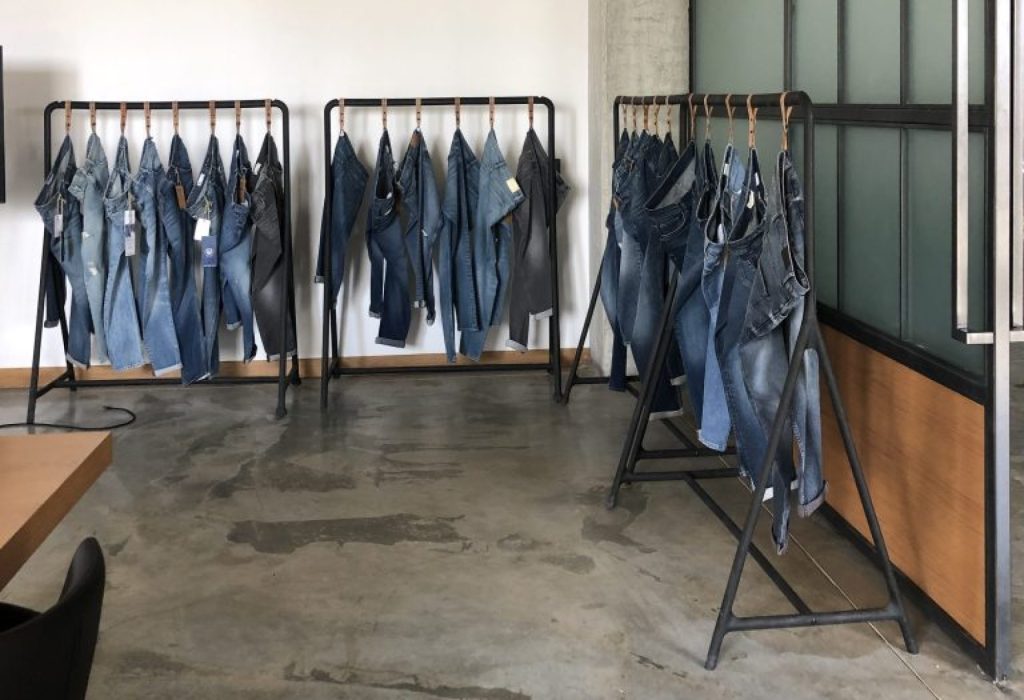Questionaires
I decided to use a two-fold system of before and after questionnaires as I was curious to really understand the learning that can be achieved on an extensive day full of activities and being able to measure this. Questionnaires are ideal vehicles for measuring (Floyd J. and Fowler 2009) which presented ideal as I wanted to be able to measure the effect of the action research even if the even if the answers I had collected might have been subjective.
I understand data well when it is measurable and comparable and although the answers depend very much on the individual and are subjective there is some consistency as I have linked the surveys through personal but anonymous identifiers.
When designing questions for a survey I was looking to measure, not a conversational inquiry. Floyd and Fowler state that in general, an answer given to a survey question is of no intrinsic interest but that the answer is valuable to the extent that it can be shown to have a predictable relationship to facts or subjective states of interest. They further recommend that good questions maximize the relationship between the answers recorded and what the researcher is trying to measure. This is when I decided to link and countercheck the knowledge via the questions.
I was lucky to have a captive audience of a fairly large group of students for data collection as we had to take two 2-hour coach rides which meant there was time for the students to take a few minutes to fill in a survey.
The questionnaires intended to measure the following
- Attitude to topic
- Knowledge/ Understanding of topic (self-evaluation)
- Knowledge/ Understanding of topic (knowledge testing questions)
Questionnaire to be filled before SATCOL facility visit
Questionnaire to be filled after SATCOL facility visit
Each question was assigned a function and linked to a question in the second survey.

I was fairly certain of a good result in improved understanding but wanted ultimately to understand if the understanding further lead the students to be able to think about their future roles in the challenge and if the could rightly identify barriers to solutions. In fact, some very easy barriers can be removed with manageable effort and a relatively low capital investment effort and only a small increase in cost and understanding. This was further part of the data I wanted to measure.
To take this further it would be my ambition to measure the learning in alternative situations and measure the impact of the intervention via questionnaires.
Observation
I have further applied overt observation in this visit. Relation means that the participants of the research are aware that they are being observed ( Kawulich, 2005). I have decided on this approach after reading give to use this only two improve the activities and the day out in this instance this assistant was taken after reading ‘Observation Method In Psychology: Naturalistic, Participant And Controlled by Saul McLeoud 2023’ and ‘Participant Observation as a Data Collection Method, Kawulich, (2005)‘ And I have found that observation as a research method does not sit comfortably with my personal values of transparency and authenticity. Kawulich offers that Bernard (1994) adds to this understanding, indicating that participant observation requires a certain amount of deception and impression management.
There is however the opportunity to check for nonverbal expression of feelings, and to witness contribution and interaction and how enthusiastic the interaction (Schmuck, 1997 , Kawulich 2005).
My aim via the observation was to understand if the activities I had designed were suitable and if a large enough portion of the class would benefit from them.
The Observation aspect caused some conflict to my role as an action researcher as action research asked off me to get immersed and lead the activity as the practitioner McNiff (20002) and the observer would take a more passive role which meant that the observer side had to be lower in priority on this time sensitive intervention.
